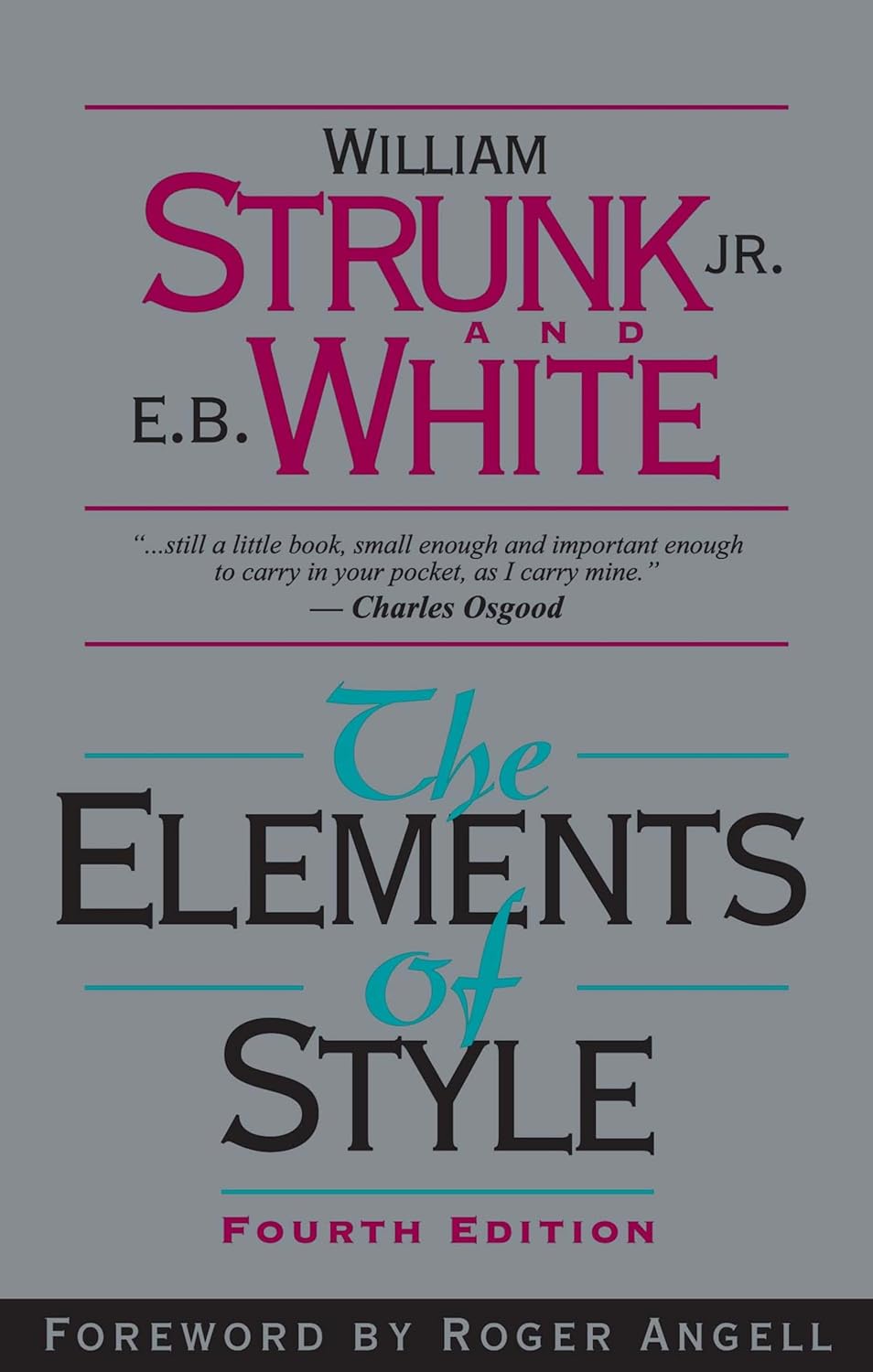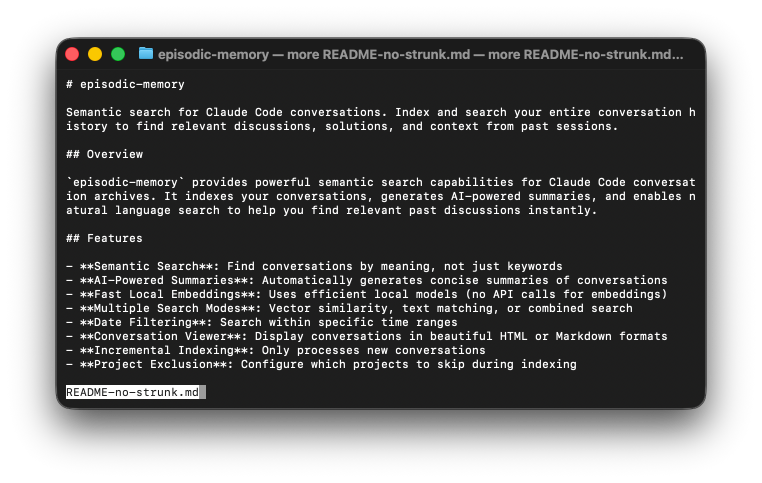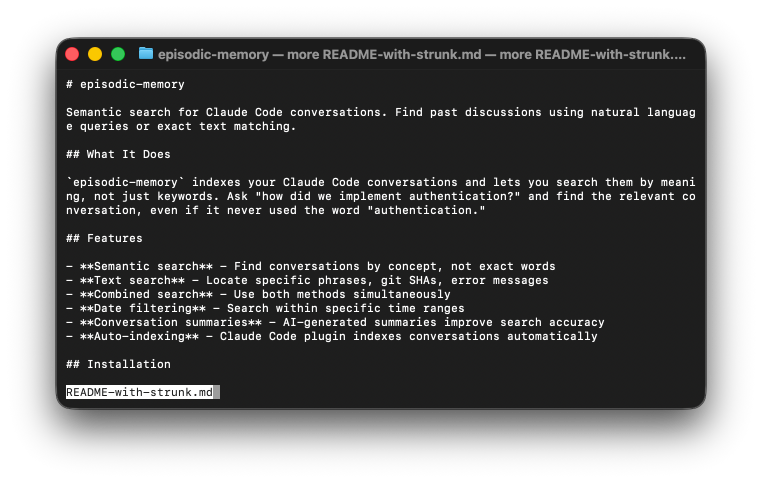"It's not this — it's that."
AI writing is a scourge on the internet. Often it just hurts to read.
I do not enjoy using AI to write anything "as me" or anything where I am trying to make the reader feel something or believe something. I do usually have an agent or two proofread my posts. And they do not pull their punches.
There are plenty of documents that I do let AI write. Technical documents, READMEs and the like aren't writing that I want to influence a reader's emotions. And I often find writing them to be a chore.
Unfortunately, most LLMs write in a way that I find to be more than a little bit grating.
You've probably heard about this standard technique that you can use to make an LLM sound more like you: include some of your own writing in the prompt as an example.
But I don't actually want the sorts of docs I'm talking about to sound like me. My written style is often...fairly casual and a little meandering.
I can write in a crisp, clear, concise voice. But writing well takes effort. More often than not, when it feels like a chore, it's what stops me from releasing a hack or a project.
When I started to think about how to cajole the model into writing like I was taught in my high school English and journalism classes, I figured that the way I learned might work for an LLM, too.
I ended up with the Project Gutenberg digitization of Strunk's out-of-copyright 1920 edition.
My original intent was to turn this into a skill for Superpowers, but I'm not quite there yet.
I hauled down the HTML, converted it to Markdown and asked Claude to start to cut out sections (like spelling) that are less necessary for an LLM.
Claude refused.
Well, more accurately, Anthropic's IP-protection filter on Claude threw a fit and refused to allow it to summarize, edit or rewrite this clearly out of copyright work.
Thankfully, GPT-5 Codex had no such reservations.
Here's a trivial example of Claude writing the first part of the README for an upcoming project.
Prompt: Please study this project and write a README.md for it.
Here's the same example, with exactly the same prompt. The only difference is that I had Claude read The Elements Of Style first:
The whole thing ended up about 30% shorter and I like the style more.
My current Markdown version of The Elements Of Style clocks in at about 12,000 words. That's enough tokens that I wouldn't include in every session, but having my robot buddy read it before creating prose docs for human consumption is something I find quite useful.
If you try this technique and it works well for you, drop me a line. If it goes completely off the rails, definitely drop me a line.


